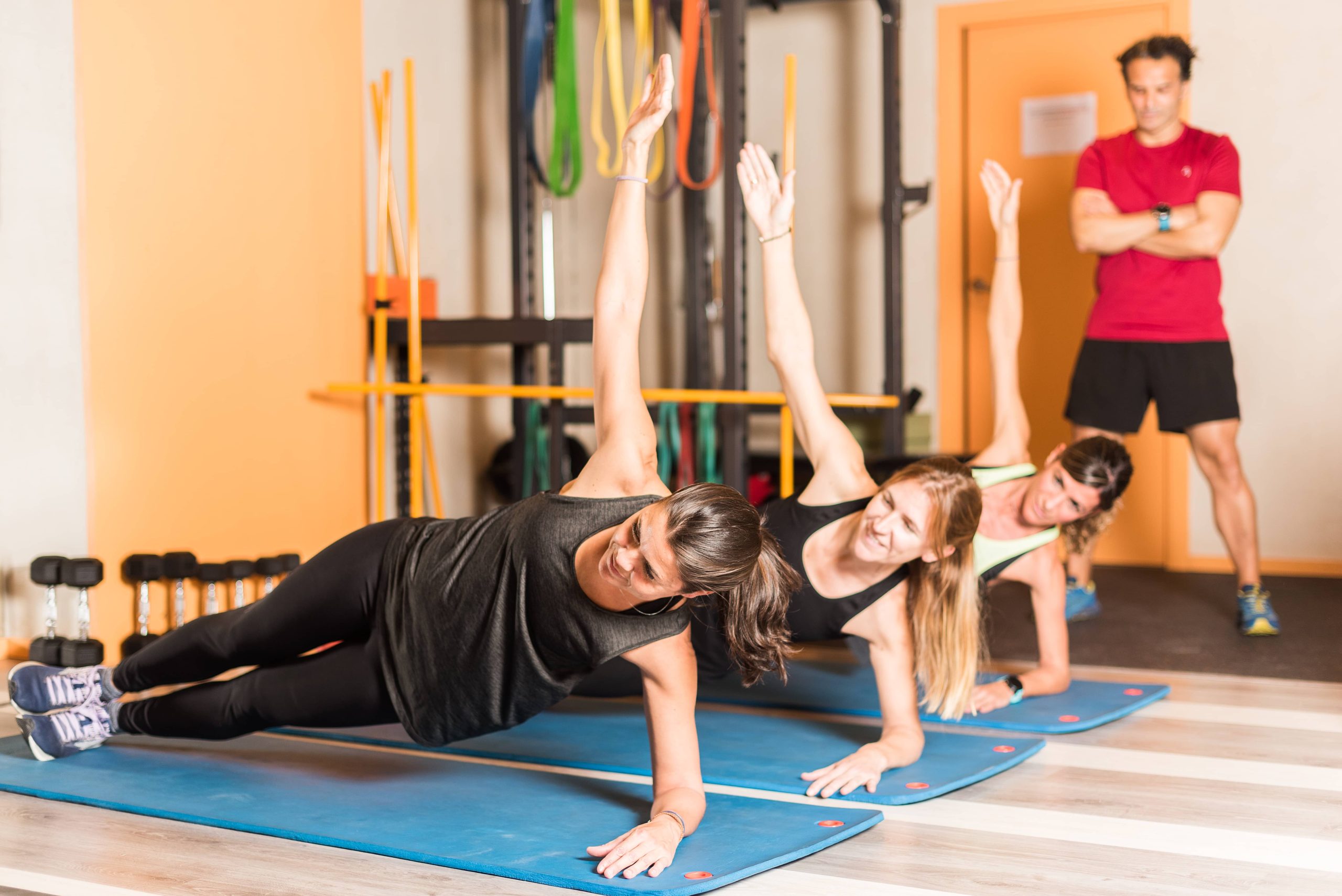
First responders, including firefighters, police officers, paramedics, and emergency medical technicians, are the backbone of public safety. Their roles demand not only mental resilience but also peak physical fitness. The nature of their work often involves unpredictable situations that require quick thinking, strength, endurance, and agility. Therefore, maintaining optimal fitness is not just beneficial but essential for their performance and safety. Here are seven essential fitness tips tailored specifically for first responders.
1. Prioritize Functional Training
Functional training focuses on exercises that mimic the movements performed in daily activities, making it particularly beneficial for first responders. This type of training enhances strength, balance, coordination, and endurance, all of which are crucial in emergency situations. Exercises such as squats, lunges, deadlifts, and push-ups are excellent for building functional strength. Incorporating equipment like kettlebells, resistance bands, and medicine balls can add variety and challenge to your routine.
2. Incorporate Cardiovascular Workouts
Cardiovascular fitness is vital for first responders who often face physically demanding tasks that require sustained effort. Activities like running, cycling, swimming, or rowing can improve cardiovascular endurance. High-Intensity Interval Training (HIIT) is particularly effective as it simulates the short bursts of intense activity followed by periods of rest that are common in emergency scenarios. Aim for at least 150 minutes of moderate-intensity or 75 minutes of high-intensity cardio each week.
3. Focus on Core Strength
A strong core is the foundation of overall fitness and is crucial for preventing injuries, especially when lifting heavy objects or performing sudden movements. Core exercises should go beyond traditional sit-ups and include planks, Russian twists, and leg raises. Functional core exercises, such as medicine ball throws or rotational lifts, can also enhance the ability to perform job-specific tasks more efficiently.
4. Flexibility and Mobility Training
Flexibility and mobility are often overlooked but are essential components of a well-rounded fitness program. They help prevent injuries and improve the range of motion, which is crucial for first responders who need to move quickly and efficiently. Incorporate stretching routines, yoga, or Pilates into your weekly schedule to enhance flexibility and mobility. Dynamic stretches before workouts and static stretches afterward can help maintain muscle elasticity and joint health.
5. Nutrition and Hydration
Proper nutrition and hydration are fundamental to maintaining energy levels and overall health. First responders should focus on a balanced diet rich in lean proteins, whole grains, fruits, and vegetables. These foods provide the necessary nutrients to fuel the body and aid in recovery. Staying hydrated is equally important, especially during long shifts or in hot environments. Carry a water bottle and aim to drink at least 8-10 glasses of water daily, adjusting for activity level and climate.
6. Prioritize Rest and Recovery
The demanding nature of first responder work can lead to physical and mental fatigue. Prioritizing rest and recovery is crucial to prevent burnout and maintain peak performance. Ensure you get 7-9 hours of quality sleep each night. Incorporate rest days into your fitness routine to allow muscles to recover and grow. Techniques such as foam rolling, massage, and active recovery exercises can also aid in reducing muscle soreness and improving flexibility.
7. Mental Fitness and Stress Management
Physical fitness is only one part of the equation; mental fitness is equally important. First responders often face high-stress situations that can take a toll on mental health. Incorporate stress management techniques such as mindfulness, meditation, or deep-breathing exercises into your daily routine. These practices can help improve focus, reduce anxiety, and enhance overall well-being. Seeking support from peers, counselors, or mental health professionals can also be beneficial.
Conclusion
For first responders, maintaining a high level of fitness is not just about personal health; it’s about being prepared to serve and protect the community effectively. By incorporating these seven essential fitness tips into their routine, first responders can enhance their physical and mental resilience, ensuring they are ready to face any challenge that comes their way. Remember, fitness is a journey, not a destination, and consistency is key to achieving and maintaining optimal health and performance.











